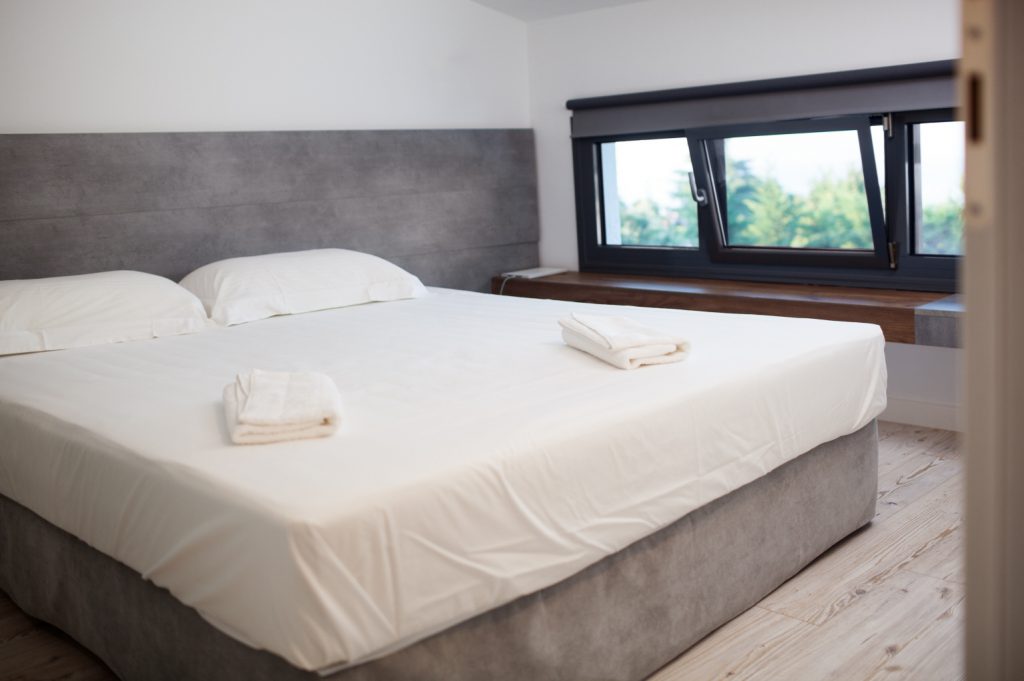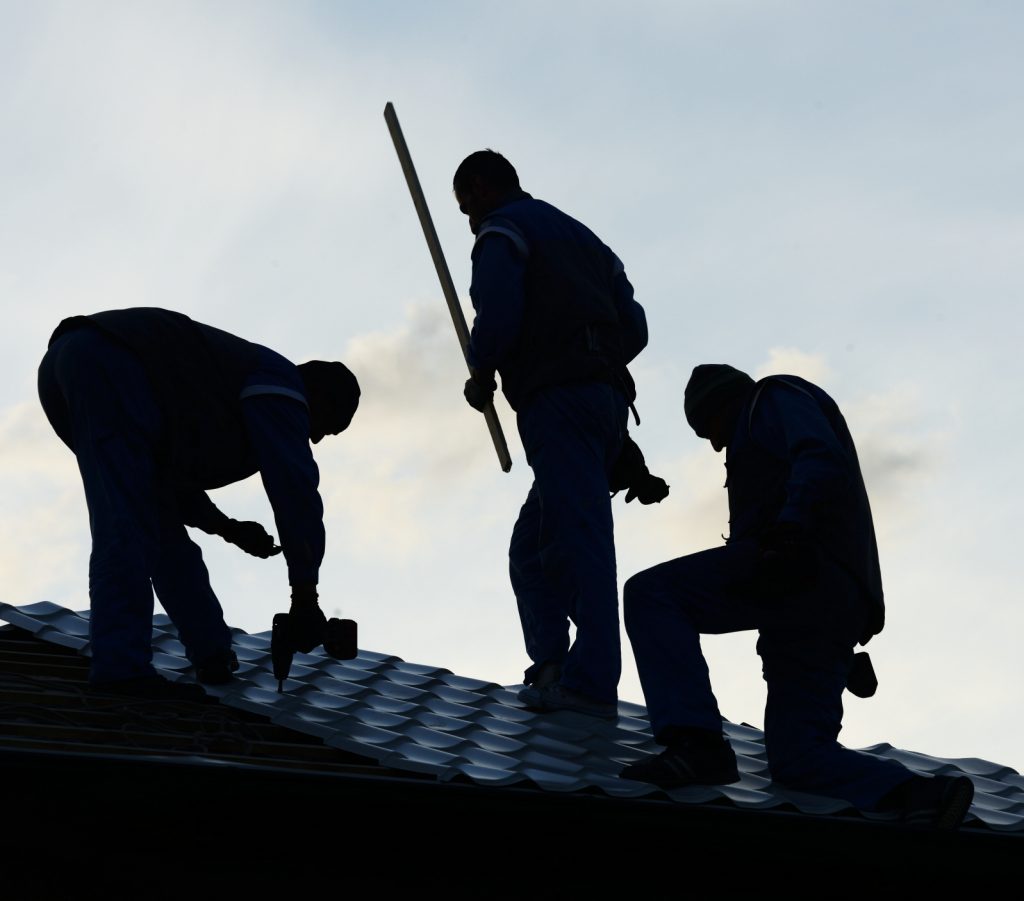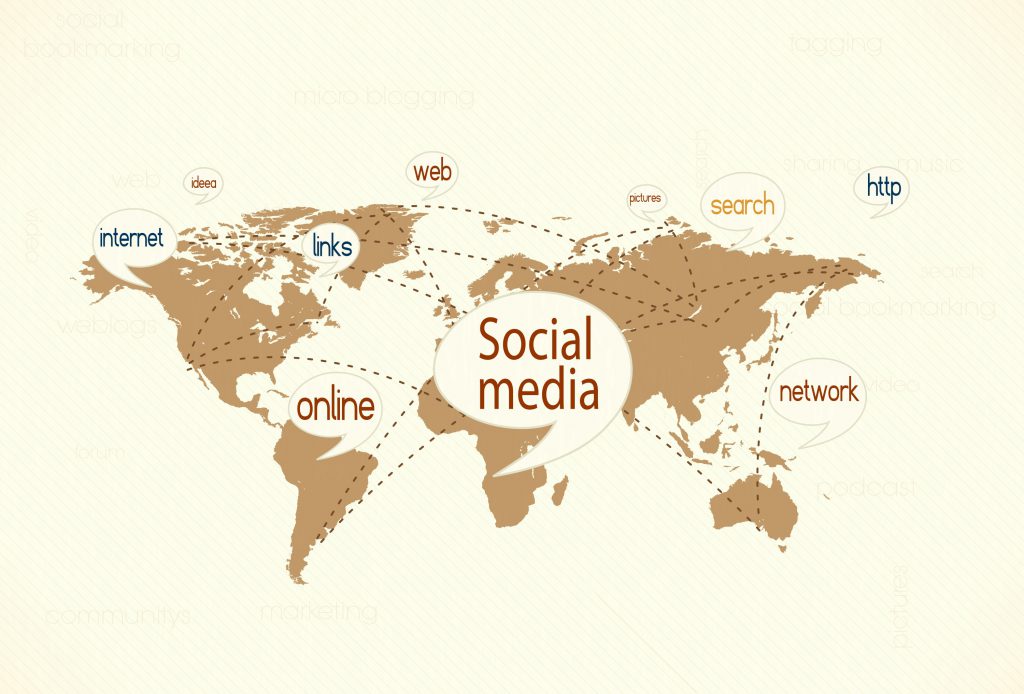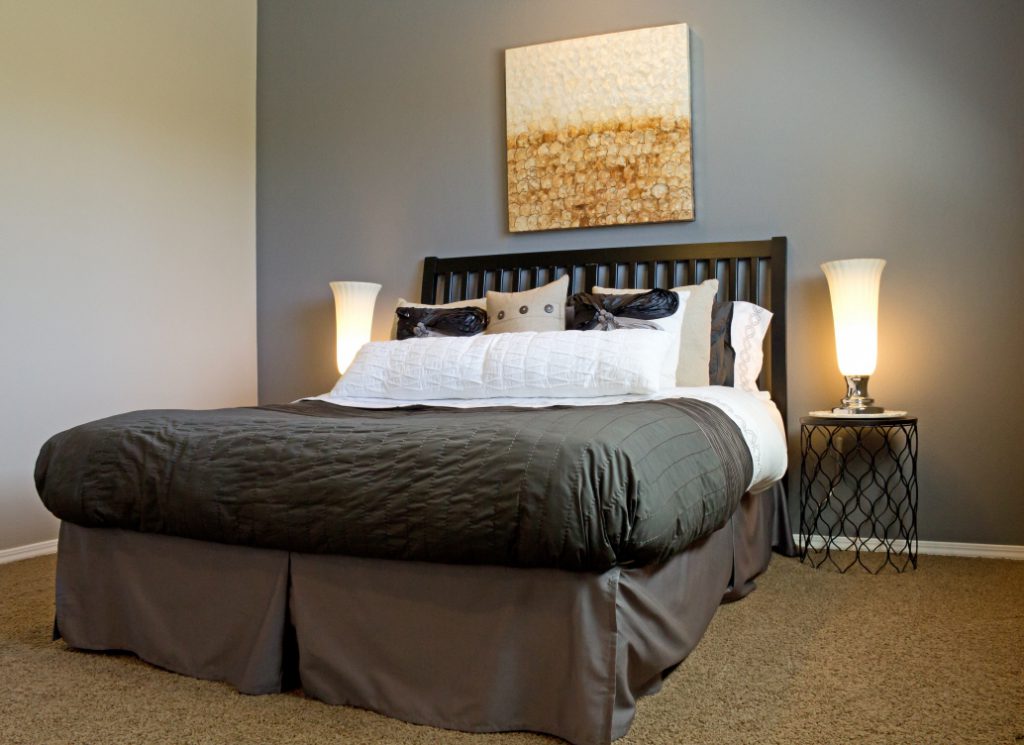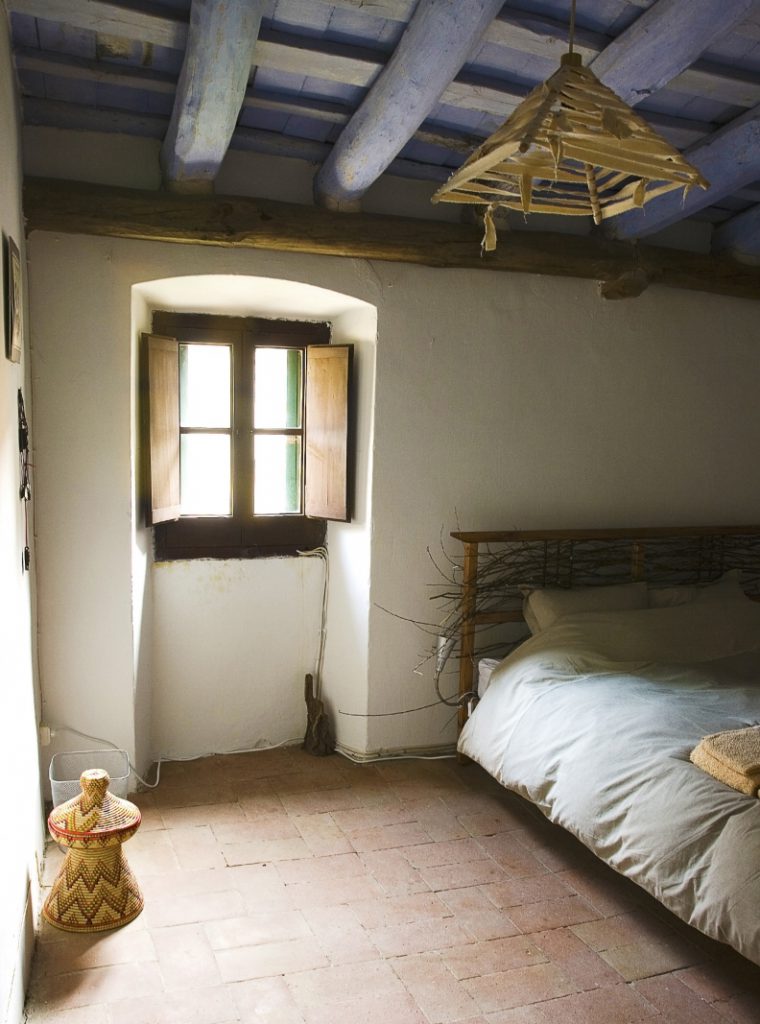
If you have ever been in a situation where you felt confident about getting all of your security deposit back, only to find that you were charged for areas you never even considered checking, this checklist is for you.
The coveted return of the security deposit, at the end of tenancy, can feel elusive to some renters. In fact, according to a Rent.com survey, 1 in 4 renters have not gotten their security deposit back when they expected to. The security deposit is not something that should leave your mind as soon as it’s paid, only to come back around at the end of your lease.
In most cases, a landlord will want to return the full security deposit back to you, because that means there was no damage or extra cleaning that needed to be done to the property. Be sure to be aware of the lease agreement throughout your tenancy, and be active about making sure you’ll get your deposit back. Ensuring that your security deposit is returned can require day-to-day tending to during your time as a tenant.
Follow Rental Agreement: Not all security deposit charges are due to direct abuse of property. Your landlord can charge for any work required to make the property look like it did before the start of tenancy. Additionally, a rental lease will include terms to further prevent property alterations and unauthorized changes to your rental.
Even if you consider a change, like a new paint job or new window treatments, upgrades, your landlord might disagree. If you do not have formal permission from your landlord, you could be charged for the living room’s new paint job, or the hole created to install that new curtain rod you put in.
Other lease-breaking damage charges can be caused due simply to negligence throughout your residence on the property. If you failed to change the air filter in the central air system, causing damage, or you didn’t keep the property clean—thus encouraging bugs, you could face a truncated return at the end of your lease.

Deep Clean Before Leaving: Even if you factiously clean your rental, there are always problem areas that are left in the dust. Places like baseboards, the tops of cupboards, and under the entertainment center are rarely examined on a daily basis—and even more rarely cleaned.
Furthermore, high traffic areas can start to look dingy and dirty after a few years. Deep clean and pull out all the stops—use a steam mop, get on your hands-and-knees, and use that elbow grease to make your rental shine! Ensuring that your landlord won’t have to pay a professional cleaner because of a mess you leave behind, is a surefire way to increase your deposit return.
Alternatively, consider hiring your own cleaning service before moving. You will probably find a better rate if you contract a professional house cleaner, than if you leave it up to your landlord to find one with your security deposit fees. If you hate cleaning, or don’t feel like spending time scrubbing the floors during the moving chaos this may be the best option for you.
Touch Up Minor Damage: If you have areas with small holes in the wall from nails or screws, touch them up so your landlord does not need to. A landlord faced with minor damages, will also need to consider the time spent repairing them, save yourself the cash (and your landlord the hassle) by making it a non-issue from the start. Apply this same attentiveness to falling or lose hinges on the cupboards, or any other areas that might have small repairs that could be done. Consider this trick from Nestment, about re-caulking your bathroom to instantly make the shower look new again.
Finally, if you do find that you did not receive your deposit back, or only received a portion of the original amount knowing your rights as a renter can help you find out why you were charged. In most states, it is a requirement that the landlord inform their tenant in writing of the charges to your security deposit. If you live in a state that requires it, this required written document can help you learn what damages you need to avoid for the next time you rent, or can ensure that you were not charged for an issue that you shouldn’t have been.
Credit to Brentnie
Brentnie is a contributor for Rentec Direct. She occasionally stops by to deliver practical industry tips, providing guidance for tenants and landlords alike.



